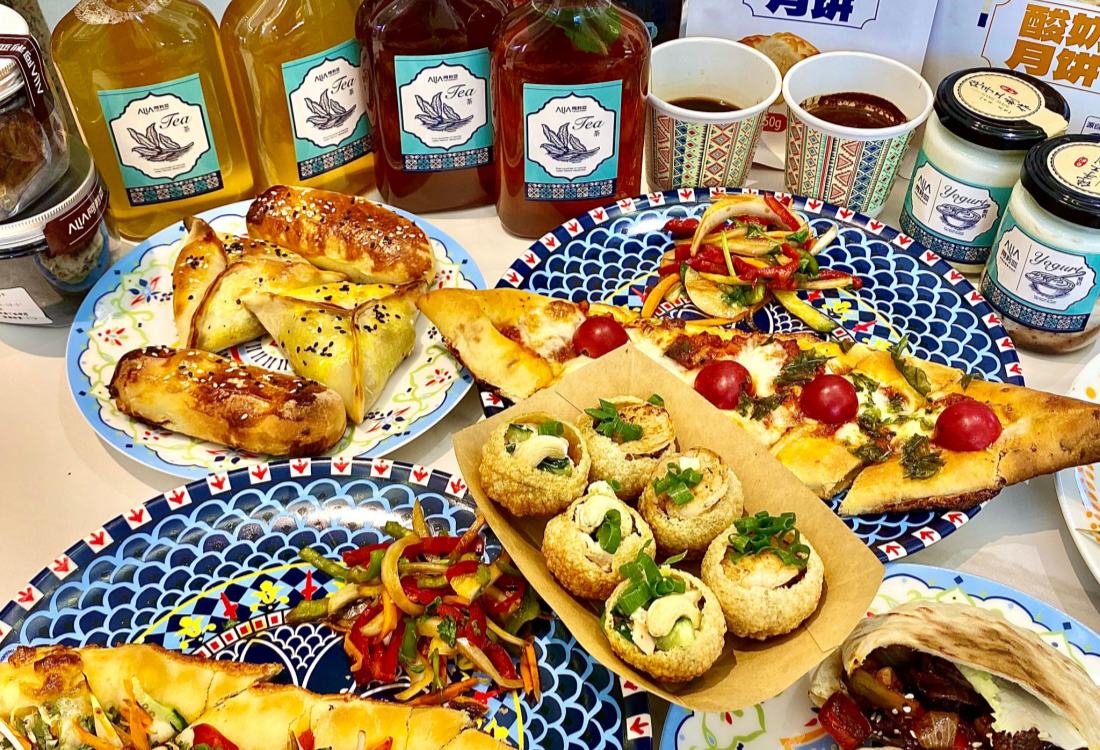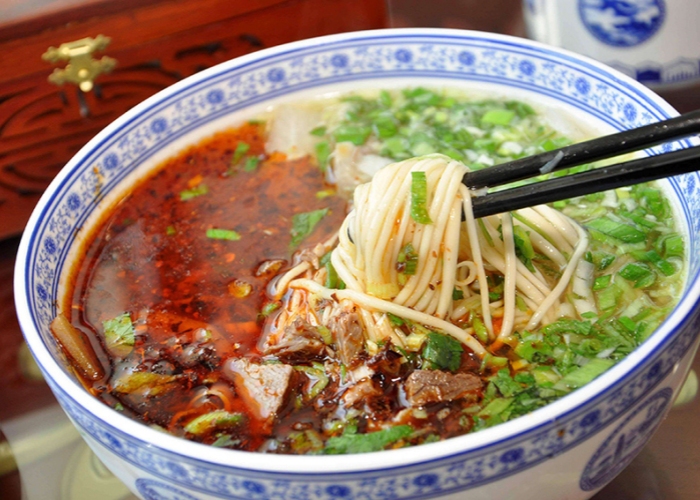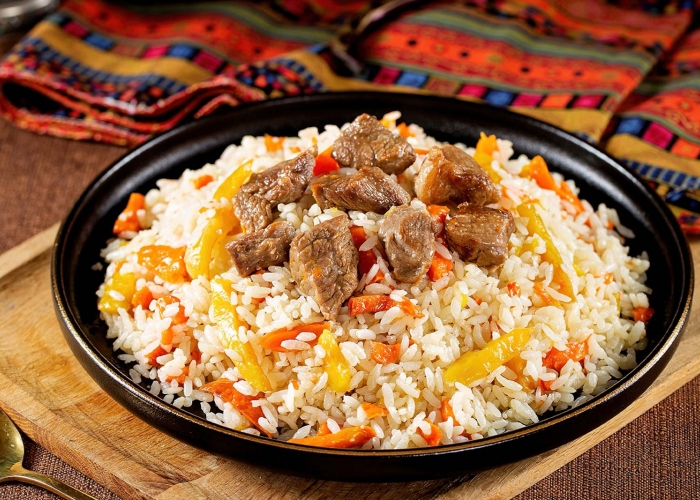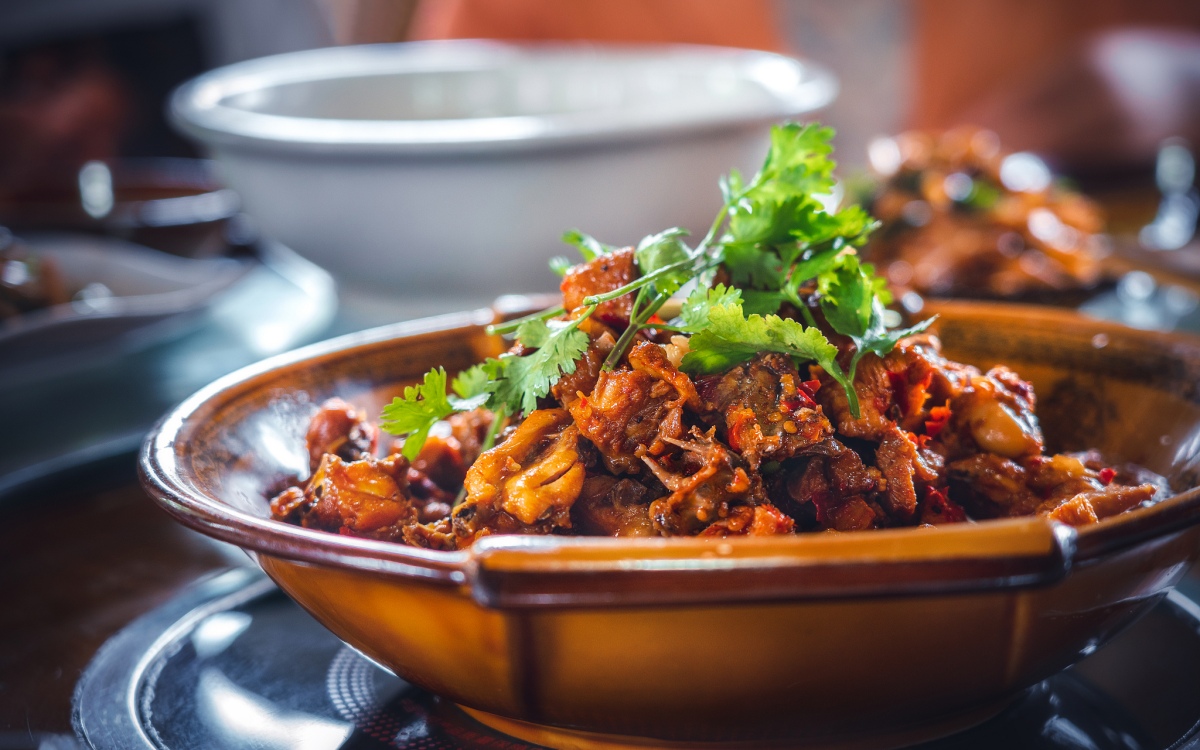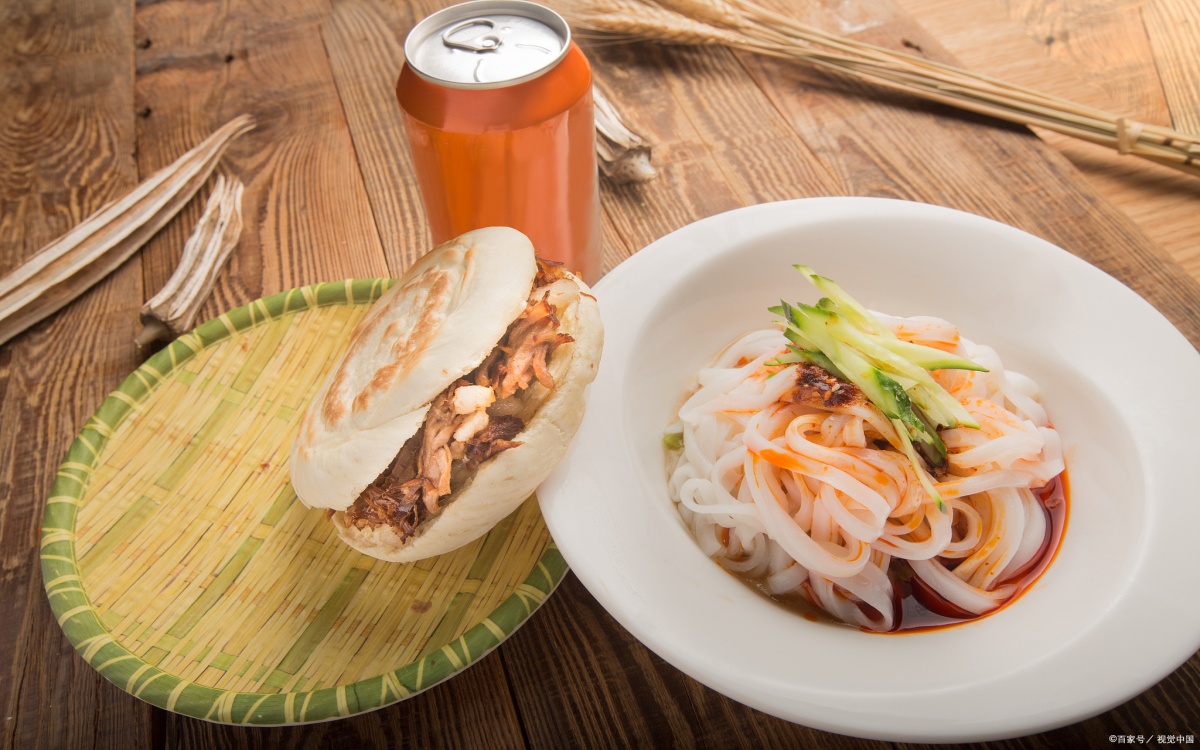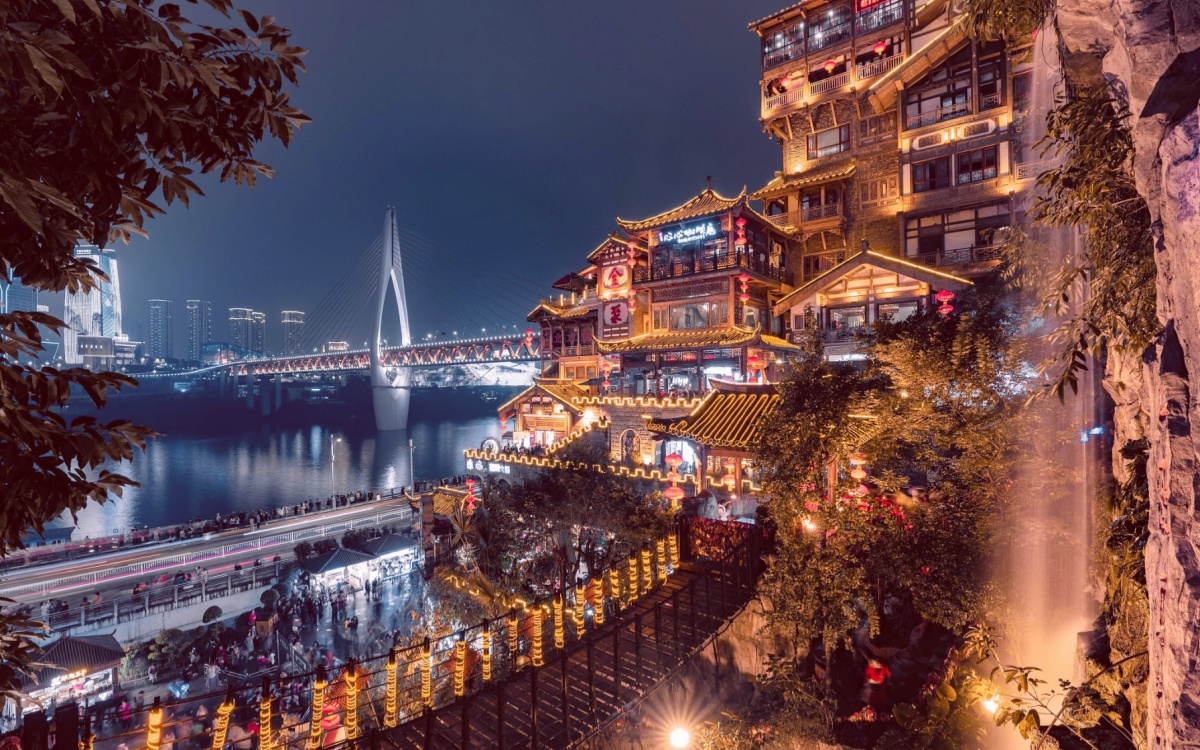Table of Contents
ToggleThis article is your ultimate guide to the unforgettable silk road foods awaiting you in China. As you plan your journey along this ancient trade route, prepare to tantalize your taste buds with dishes that tell a story of centuries of cultural exchange. We’ll explore the must-try culinary delights of Xi’an, Gansu, Xinjiang, and Qinghai, ensuring your adventure is filled with authentic flavors and delicious discoveries. Get ready to dive into a world where every meal is a piece of history, making your exploration of silk road foods truly memorable.
Must-try in Xi’an Foods: The Eastern Gateway
As the historic eastern starting point of the Silk Road in China, Xi’an is a treasure trove of culinary experiences. The city’s Muslim Quarter, with its 1,300-year-old streets, is a vibrant testament to the enduring legacy of silk road foods.
Roujiamo: The Original “Chinese Hamburger”
Roujiamo is a street food legend in Xi’an: slow-braised, spiced lamb or pork (depending on the vendor, with lamb being prevalent in Muslim areas) stuffed into a freshly baked, slightly crispy flatbread called “mo.” The meat is tender, aromatic with spices like cumin and cardamom – a clear nod to Silk Road trade – and utterly satisfying. It’s a must-try silk road foods experience in Xi’an.
Biangbiang Noodles: Wide, Chewy, and Wonderfully Saucy
Known for their impressive width and length, these hand-pulled wheat noodles are a Shaanxi province specialty. The name “Biang” is said to mimic the sound of the dough being slapped against the counter during preparation. Served often with chili oil, garlic, vinegar, and sometimes topped with braised meat or vegetables, Biangbiang noodles are a hearty and flavorful example of Xi’an’s robust silk road foods.
Yangrou Paomo: A Hearty Lamb and Bread Stew
This quintessential Xi’an dish is an interactive culinary delight. Diners are given unleavened flatbread (mo) to break into small, fingernail-sized pieces. These breadcrumbs are then cooked in a rich, savory lamb broth along with vermicelli noodles and tender lamb pieces.
The bread soaks up the delicious broth, creating a uniquely textured and deeply satisfying meal. It’s a comforting bowl that speaks volumes about the region’s nomadic and trade influences, a true heritage dish among silk road foods.
Gansu Corridor Foods: Noodles, Lamb, and Highland Flavors
Moving west into Gansu Province, the landscape becomes more rugged, and the silk road foods reflect this with hearty, nourishing dishes. Lanzhou, the capital, is famed as China’s “Noodle Capital.”
Lanzhou Beef Noodles (La Mian)
A true icon of Chinese cuisine, Lanzhou Beef Noodles are a masterpiece of flavor and texture. With over 200 years of history, this dish is defined by “one clear (broth), two white (radish), three red (chili oil), four green (cilantro/garlic sprouts), and five yellow (noodles).”
The hand-pulled noodles are stretched to various thicknesses before your eyes, cooked to perfection, and served in a clear, fragrant beef broth with tender beef slices. It’s a delicious representation of silk road foods in Gansu.
Niangpi: Refreshing Cold Wheat Noodles
Especially popular during warmer months, Niangpi are chewy, slippery wheat flour noodles served cold. They are typically dressed in a tangy and savory sauce made from vinegar, chili oil, mustard, sesame paste, and mashed garlic.
This refreshing dish offers a delightful hot and sour flavor, perfect for cooling down after a day of exploring the historical sites along this stretch of the Silk Road. It’s a lighter but equally compelling example of silk road foods.
Must-Try Silk Road Foods in Xinjiang
Xinjiang is a vibrant melting pot of cultures, predominantly influenced by Uyghur traditions and its Central Asian neighbors. The silk road foods here are robust, aromatic, and often feature lamb, mutton, and a generous use of spices like cumin and chili.
Lamb Kebabs (Yang Rou Chuan): Smoky, Spiced Perfection
Arguably Xinjiang’s most famous culinary export, these lamb kebabs are a street food sensation. Cubes of marinated lamb, often interspersed with pieces of lamb fat for extra flavor and juiciness, are skewered and grilled over charcoal fires. The air fills with the irresistible aroma of roasting meat seasoned with cumin, chili flakes, and salt. Biting into a perfectly cooked, smoky, and spicy kebab is an essential silk road foods experience.
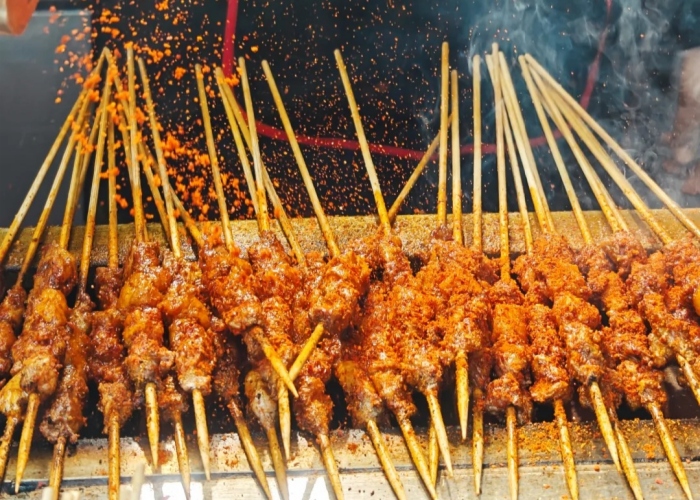
Dapanji (Big Plate Chicken)
True to its name, Dapanji is a generous platter of spicy stewed chicken and potatoes, often infused with Sichuan peppercorns, star anise, and dried chilies. Wide, flat hand-pulled noodles are typically added towards the end, soaking up the rich, savory sauce. This dish is meant for sharing and is a popular choice for gatherings, embodying the communal spirit found along the Silk Road.
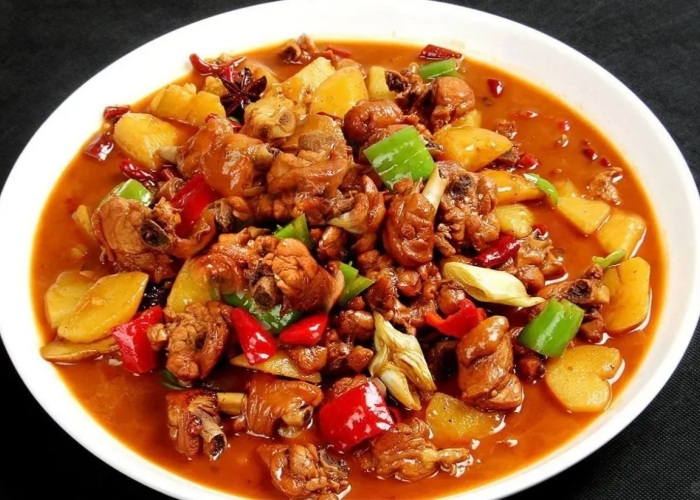
Nang Bread
Similar to naan found in other parts of Asia, Nang is a traditional round, baked flatbread. Made with wheat flour and often sprinkled with sesame seeds or onion, it’s baked in a tandoor-style oven. Xinjiang boasts over 50 varieties, from plain to sweet, savory, or stuffed with meat. It’s the perfect accompaniment to stews, kebabs, or simply enjoyed on its own. Nang is a fundamental part of the silk road foods diet in Xinjiang.
Hand-Grab Rice (Pilaf/Polu)
A beloved dish throughout Xinjiang and Central Asia, Polu (or Pilaf) is a flavorful rice dish traditionally cooked with lamb, carrots (often yellow carrots), onions, and raisins. The ingredients are slow-cooked together, allowing the rice to absorb all the savory meat juices and aromatic spices. Often eaten by hand in traditional settings, this dish is a cornerstone of Uyghur cuisine and a hearty example of silk road foods.
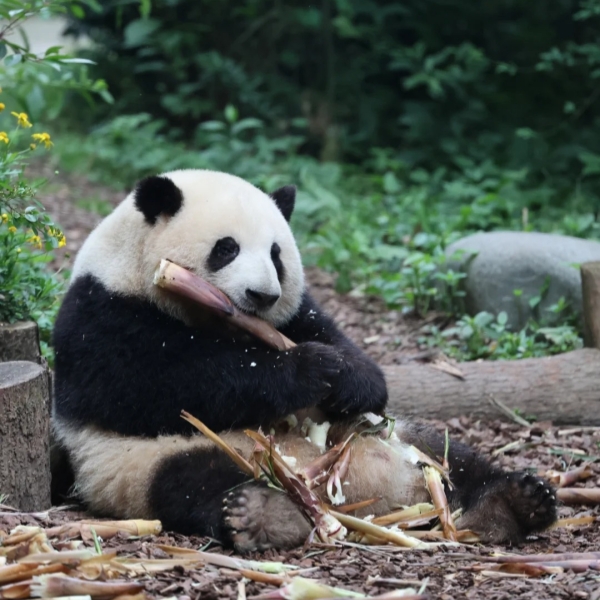
8 Days Chengdu Panda & Silk Road Tour: Xi’an, Zhangye, Jiayuguan, Dunhuang
Must-Try Foods in Qinghai: Tibetan Flavors on the Silk Road
The cuisine of Qinghai and the broader Tibetan Plateau is shaped by its challenging high-altitude environment and nomadic pastoral traditions. The silk road foods here are hearty, warming, and often feature yak meat, dairy products, and barley.
Yak Butter Tea: A Salty, Savory Brew
A staple in Tibetan culture and common in Qinghai, yak butter tea is an acquired taste for some but essential for high-altitude living. It’s made by churning tea, yak butter, and salt together. The result is a creamy, savory, and warming beverage that provides much-needed calories and hydration in the cold, thin air. It’s a unique offering among silk road foods, reflecting adaptation to the environment.
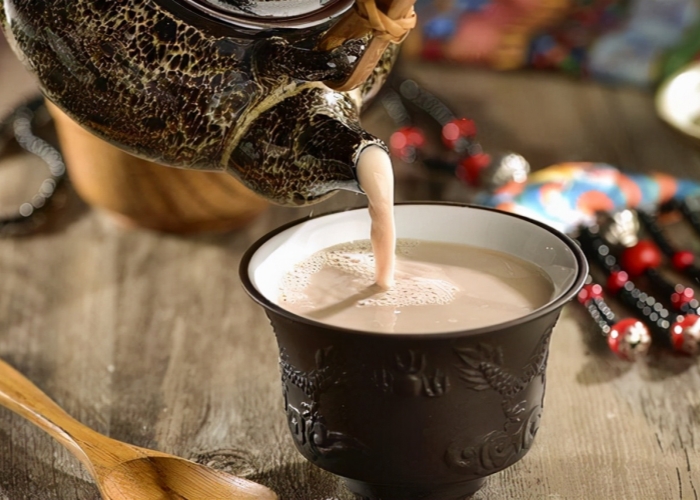
Tsampa: Roasted Barley Flour Power
A fundamental food for Tibetans and people in Qinghai, tsampa is roasted barley flour. It’s typically mixed with yak butter tea, water, or milk to form a dough, which is then eaten with the fingers. It’s highly nutritious, portable, and a cornerstone of the high-altitude diet, representing the minimalist yet effective silk road foods of the plateau.


13 Days China Silk Road Tour: Xinjiang Kashgar, Urumqi, Turpan, Dunhuang, Xi’an
Key Silk Road Dishes: A Quick Reference Table
To summarize some of the incredible silk road foods you might encounter, here’s a table highlighting iconic dishes by region, their key ingredients, and general flavor profiles. This can serve as a quick guide as you plan your culinary explorations.
|
Region |
Iconic Dishes |
Key Ingredients |
Flavor Profile |
|
Xinjiang |
Lamb Kebabs, Dapanji, Nang Bread, Polu (Pilaf) |
Lamb, chicken, potatoes, cumin, chili, wheat, rice, carrots |
Smoky, spicy, robust, aromatic |
|
Xi’an |
Roujiamo, Biangbiang Noodles, Yangrou Paomo |
Wheat, lamb/pork, chili, garlic, cumin |
Savory, spicy, aromatic, hearty |
|
Gansu |
Lanzhou Beef Noodles, Niangpi |
Beef, wheat noodles, radish, herbs, vinegar, chili oil |
Savory, clear broth (noodles); tangy, refreshing (Niangpi) |
|
Qinghai |
Yak Butter Tea, Hand-Grab Mutton, Tsampa |
Yak butter, tea, salt, mutton, barley flour |
Rich, savory, warming, earthy |
Tips for Savoring Silk Road Foods Like a Pro
- Explore Local Markets: Night markets and local bazaars are often the best places to find authentic and affordable silk road foods. Don’t be afraid to try street food!
- Learn Basic Phrases: Knowing a few simple food-related phrases in Mandarin or the local dialect (like Uyghur in Xinjiang) can enhance your experience and show respect. “这个好吃吗?” (Zhège hǎochī ma? – Is this delicious?) is a good start.
- Ask for Specialties: While popular dishes are great, ask locals or your guide for regional specialties that might not be in every guidebook. These hidden gems are often the most memorable silk road foods.
- Pair with Local Beverages: Enjoy your meals with local teas, such as brick tea, or refreshing fruit juices common in Xinjiang. In Qinghai, trying yak butter tea is a unique cultural experience.
- Be Adventurous but Cautious: While trying new things is part of the fun, be mindful of food hygiene, especially with street food if you have a sensitive stomach. Eat at busy stalls where food turnover is high.
Frequently Asked Questions (FAQs) about Silk Road Foods
What are the most common ingredients in Silk Road foods?
Common ingredients include wheat (for noodles and breads), lamb and mutton, beef, chicken, and a variety of vegetables. Spices like cumin, chili, Sichuan peppercorns, garlic, and ginger are very prevalent. In Xinjiang, carrots, onions, and rice (for pilafs) are staples. Nuts and dried fruits also feature in some dishes.
Are Silk Road foods generally very spicy?
The level of spiciness varies greatly. Dishes from regions like Sichuan (whose influence reaches Xi’an) and some Xinjiang specialties can be quite fiery. However, many other silk road foods, like Lanzhou beef noodles or Plov, are savory and aromatic rather than overtly spicy. You can often request less chili (少辣 – shǎo là).
Is Halal food easy to find along the Silk Road in China?
Yes, Halal (清真 – qīngzhēn) food is very common and easy to find, especially in Xi’an’s Muslim Quarter, Gansu, Qinghai, and throughout Xinjiang. This is due to the large populations of Hui and Uyghur Muslims whose culinary traditions heavily influence the local silk road foods. Look for restaurants with Arabic script or the “清真” characters.
What's the best way to experience authentic Silk Road foods?
The best way is to eat where the locals eat! This means exploring street food stalls, bustling night markets, and small, family-run restaurants. Don’t be afraid to point at what looks good if there’s a language barrier. Taking a guided food tour in cities like Xi’an or Kashgar can also be a great introduction to the diverse silk road foods.

